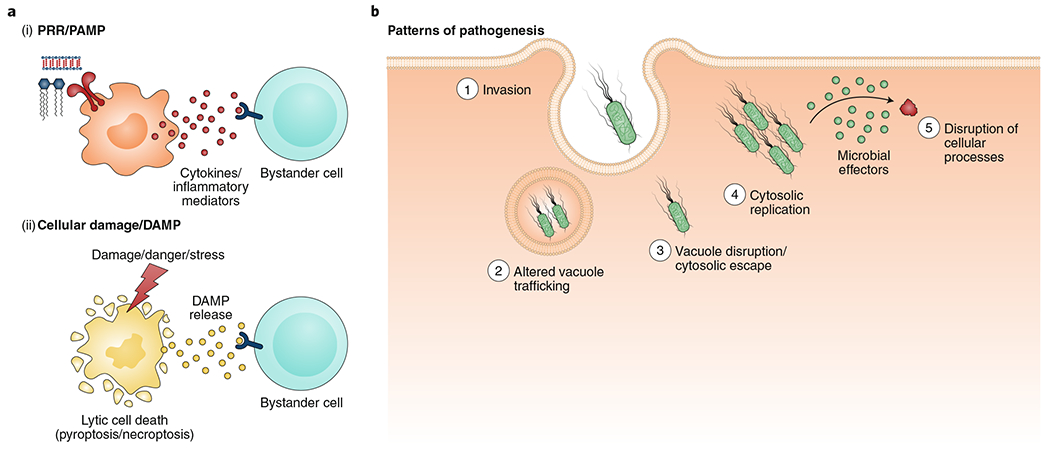Fig. 1 |. Host cells possess multiple mechanisms of pathogen detection and immune defence.

a, PRRs represent an evolutionarily conserved mechanism to directly detect microbial products (termed PAMPs) that serve as general structural features of specific categories or classes of microorganisms (i). PAMP sensing by host PRRs triggers release of inflammatory mediators from the host cell. These mediators can, in turn, activate other cells to amplify the immune response. Certain intracellular molecules associated with damaged tissues or cells that are released as a consequence of microbial infection or other kinds of acute stress stimuli also contribute to innate immune activation (ii). These molecules, termed DAMPs, are also sensed by receptors on neighbouring cells and contribute to immune activation. b, ‘Patterns of pathogenesis’ provides an additional framework for understanding immune sensing of microbial pathogens, which manipulate cellular physiology to colonize the host but provide specific signals that enable the host to detect the pathogen. Such patterns include: (1) invasion of pathogens into the host cell, (2) altered vacuole trafficking, (3) vacuole disruption or cytosolic escape of the pathogen, (4) cytosolic replication of the pathogen and (5) disruption of host cellular processes by microbial effectors.
